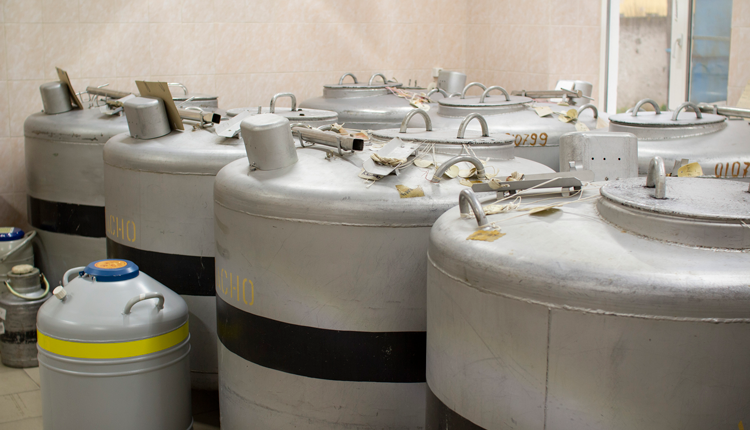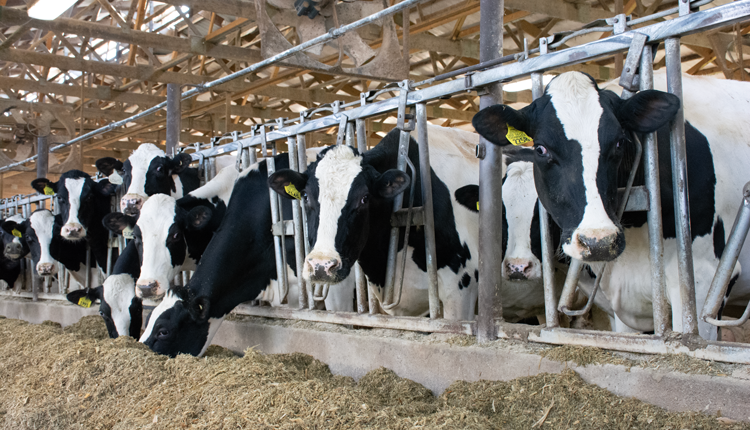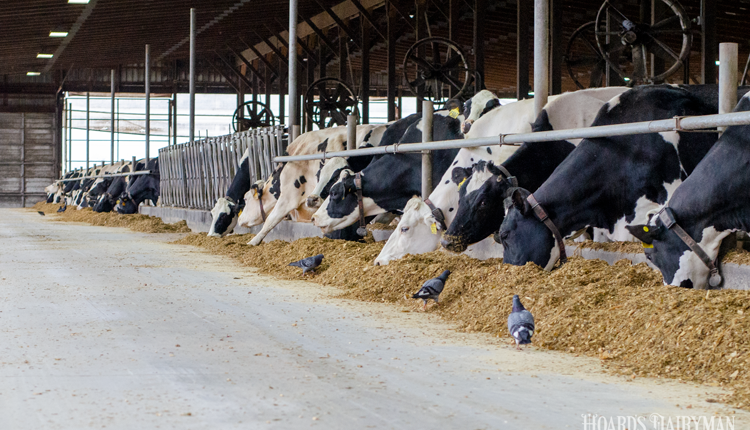
Fluid milk. Cereal. Frozen pizza.
Those three food categories experienced game-changing positive sales shifts due to the pandemic caused by the novel coronavirus. The question remains — Will these changes in consumer buying patterns be sustainable?
“What we have got to look at is why people did what they did, and we are going to use that (sales) as a benchmark,” said Dairy Management Inc. CEO Tom Gallagher during a media conference call on Tuesday, May 19. “We will continue to look at that (sales patterns) periodically.
“Ultimately, what will happen with sales is not going to be determined by some great ad or smart thing that any one particular person or group does. It’s going to be determined by what is the behavior of the consumer after this (pandemic),” continued Gallagher.
Consumer shifts over time
How Americans consume food has changed dramatically over the decades.
In the 1950s and 1960s, 90% of food-related purchases were devoted toward an in-home meal. These days, less than 50% is being spent at home.
“Well, now that number (home food purchases) is way up,” stated Gallagher. “At the end of this, what is the behavior going to be?
“If it continues to be that more people eat at home . . . we can market toward that,” stated the dairy checkoff leader. “If they return to exactly where they were, which is doubtful, then we're going to be up against the same sales opportunities and issues we always have,” he said. “You know the reality is going to be somewhere between those two extremes.”
The big in-home product shifts
Fluid milk, cereal, and frozen pizza have been strong sellers amid the health crisis.
Gallagher detailed three sales periods — prepandemic, the first two weeks of pandemic buying, and pandemic buying since the early stages.
• Fluid milk sales: Sales were down 5% prepandemic; shot up 34% for the initial two-week pandemic period; since then it has averaged about 10% higher.
• Cereal: Sales have historically gone down 1%, 2%, or 3% a year; during initial pandemic buying, cereal sales skyrocketed 78%; afterward, sales have been up 17%.
• Frozen pizza: Sales bumped along, fairly flat; during the early pandemic buying, they were up 120%; since then, sales are running 39% higher.
Milk and cereal are complementary foods. That means if a consumer buys cereal, they'll likely purchase beverage milk to pour on that cereal. That being the case, milk destined for cereal accounts for roughly 30% of all fluid milk sales.
Restaurants take a big hit
While home-based meals have experienced a renaissance, food service has been decimated.
The number of transactions at the quick-serve restaurants . . . think McDonald’s . . . were down 42% during the height of the pandemic. “Right now, they are down 20%,” said Gallagher.
“On the full-service restaurants, the transactions were down 80% at the height, and are down 60% right now,” he continued.
“What’s interesting is at the height of the pandemic, 70% of consumers said they were going to avoid eating anything from out of the home,” he said. “That’s (now) at 50%.
“That is going to be an important number for us to keep in mind as we go to retail. And that number (50%) will reduce over time, I believe,” Gallagher predicted.






